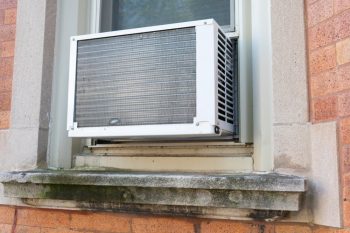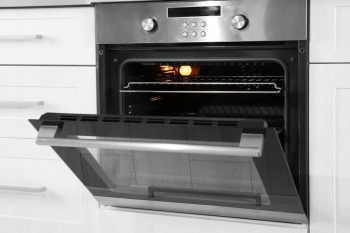
Venting a dryer from an interior room can be a challenging task, especially for those who are not familiar with the intricacies of home appliances. However, with the right approach and understanding, it is entirely possible to vent a dryer from an interior room safely and efficiently. In this comprehensive guide, we will walk you through the steps to vent a dryer from an interior room, including determining the venting path, cutting the vent opening, installing the vent hood, assembling the duct pipe, and testing the dryer.
Venting a dryer from an interior room involves determining the most direct venting path, cutting a vent opening in the exterior wall using a 4 1/4-inch hole saw, installing the vent hood, assembling the duct pipe, and testing the dryer. Safety considerations include venting to the outside, using proper duct materials, and regular maintenance. Always consult a professional if unsure.
Why Vent a Dryer from an Interior Room?
The primary reason for venting a dryer from an interior room is space constraints and the lack of access to an exterior wall. This is often the case in apartments and condominiums, where the laundry area is located in the center of the home without any exterior walls. An indoor dryer vent is typically used in such spaces, venting into the laundry room using a filtration system to capture rogue lint.
However, it is important to note that venting a dryer to the interior of a home can lead to potential issues, such as promoting mold and mildew growth due to the moisture-laden air. It is generally recommended to vent dryers to the exterior to prevent these issues and maintain a healthy indoor environment.
Essential Tools and Materials
Before starting the venting process, gather the necessary tools and materials. These include:
- A measuring tape
- A 4 1/4-inch hole saw
- A vent hood
- Duct pipe
- A carpenter’s level
- A drill
- Screws
- Duct tape
Determining the Venting Path
The first step in venting a dryer from an interior room is to identify the most direct route to vent the dryer to the outside. This could be through the roof, a gable wall, or a first-floor wall. The shorter the distance and fewer turns, the better for dryer vent installation. A longer venting path can lead to decreased efficiency and potential fire hazards due to lint buildup.
Cutting the Vent Opening
Once you have determined the venting path, use a 4 1/4-inch hole saw to cut the vent opening in the exterior wall. Be cautious not to cut through any wiring, plumbing, or ductwork. If you’re unsure, it’s best to hire a professional to cut the opening.
Installing the Vent Hood
After cutting the vent opening, it’s time to install the vent hood. Insert the duct pipe on the vent hood through the hole and position the assembly so that the opening faces toward the ground. Secure the dryer vent hood to the exterior wall using the provided screws.
Assembling the Duct Pipe
Next, connect the cut pieces of duct pipe, ensuring that the crimped end of the pipe fits into the pipe above it. This allows the exhaust from the dryer to flow smoothly to its exit at the vent hood. Use a carpenter’s level to ensure the ducts are properly aligned.
Testing the Dryer
Finally, turn on the dryer and check that hot air is blowing outside through the vent. If not, it may indicate that the dryer vent is clogged up and needs to be cleaned.
Safety Considerations
While venting a dryer from an interior room, keep in mind several safety factors to prevent potential hazards. Always vent dryers to the outside, use proper duct materials, maintain the dryer vent regularly, and be aware of local fire safety codes.
Conclusion
Venting a dryer from an interior room can be a daunting task, but with the right tools and understanding, it is entirely doable. Remember to follow safety guidelines and consult a professional if you’re unsure about any step in the process. With proper installation and maintenance, your dryer can operate efficiently and safely, no matter where it’s located in your home.












